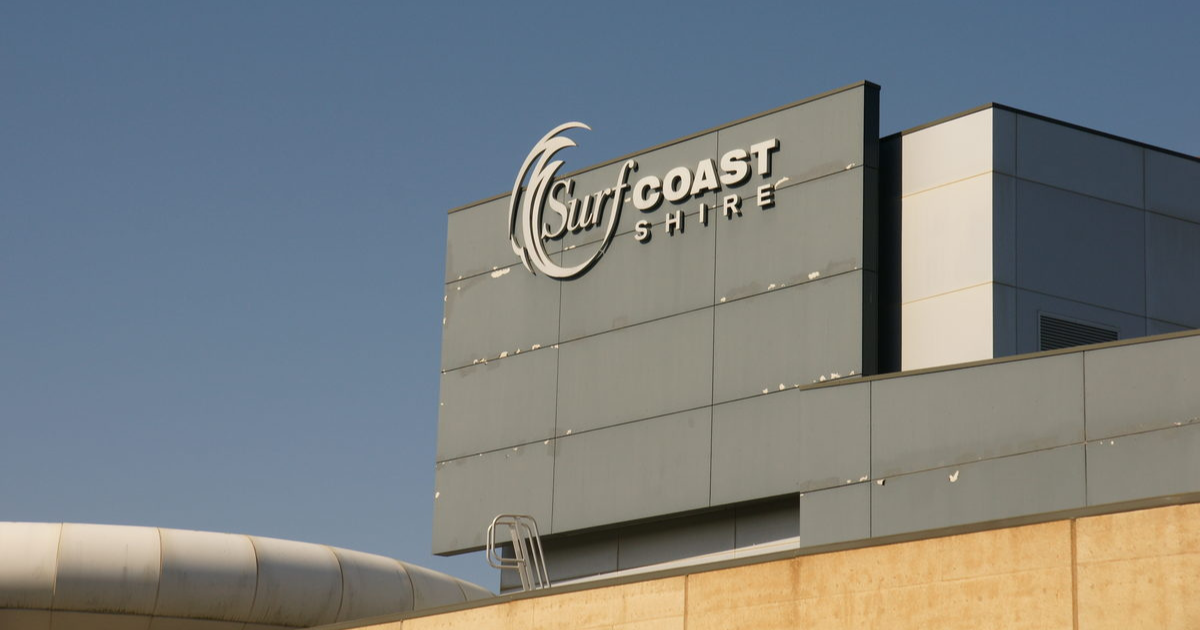State approves rollout of virtual fencing for cattle

The virtual fence technology uses wireless, GPS-enabled collars to control where animals graze without physical fences. Photo: FACEBOOK/HALTER
THE Victorian government will develop new regulations to support the rollout of virtual fencing for cattle in a move that has been welcomed by dairy farmers.
The technology, being trialled at the state government’s Gippsland-based Ellinbank SmartFarm until the end of June, uses wireless, GPS-enabled collars to control where animals graze without physical fences.
Virtual boundaries are defined using a phone app or computer, with cattle receiving sound cues, a gentle vibration or mild electrical pulses if they attempt to cross these boundaries.
Halter, the New Zealand-based company that supplies the virtual fence technology, describes these electrical pulses as “low-energy”, with a maximum strength that is about 100 times weaker than that of an electric fence shock.
The adoption of the technology will bring the state in line with other Australian jurisdictions, with Victoria and South Australia the only states yet to legalise the technology.
“We know that Victorian farmers are looking to use virtual fencing and herding technology to improve productivity and farmer safety, which is why we’re making decisions to ensure farmers have the best technology up to date,” Agriculture Minister Ros Spence said.
“It is critical that we have appropriate safeguards in place to protect animal welfare, while enabling innovation on farms and these new regulations will provide a framework to achieve this.”
The Victorian Farmers Federation (VFF), which has long advocated for the implementation of the technology, welcomed the announcement last week, but said more must be done to ensure farmers can access and implement the technology.
“This is a win for common sense,” president Brett Hosking said.
“Virtual fencing is already proving its worth in other states. It’s time Victorian farmers had the same opportunities to improve livestock management and reduce pressure on our land.
“We’re in the middle of a challenging season, and farmers need every tool available to manage feed, protect soil and rotate stock efficiently. Virtual fencing is one of those tools.”
Once regulations are in place, he said, the VFF wants to see support, in the form of “practical funding”, made available to farmers to help them adopt the technology, particularly where it’s “most urgently needed”.
Animal welfare organisations are among those to have previously raised concerns about the virtual fencing technology, particularly around its efficacy as a punishment-based tool and potential for the electric
pulse to cause pain, distress or injury to the cows wearing the wireless collars.
The state government has confirmed further consultation with key stakeholders, including animal welfare groups, will take place before the new regulations are finalised, expected by the end of the year.

















